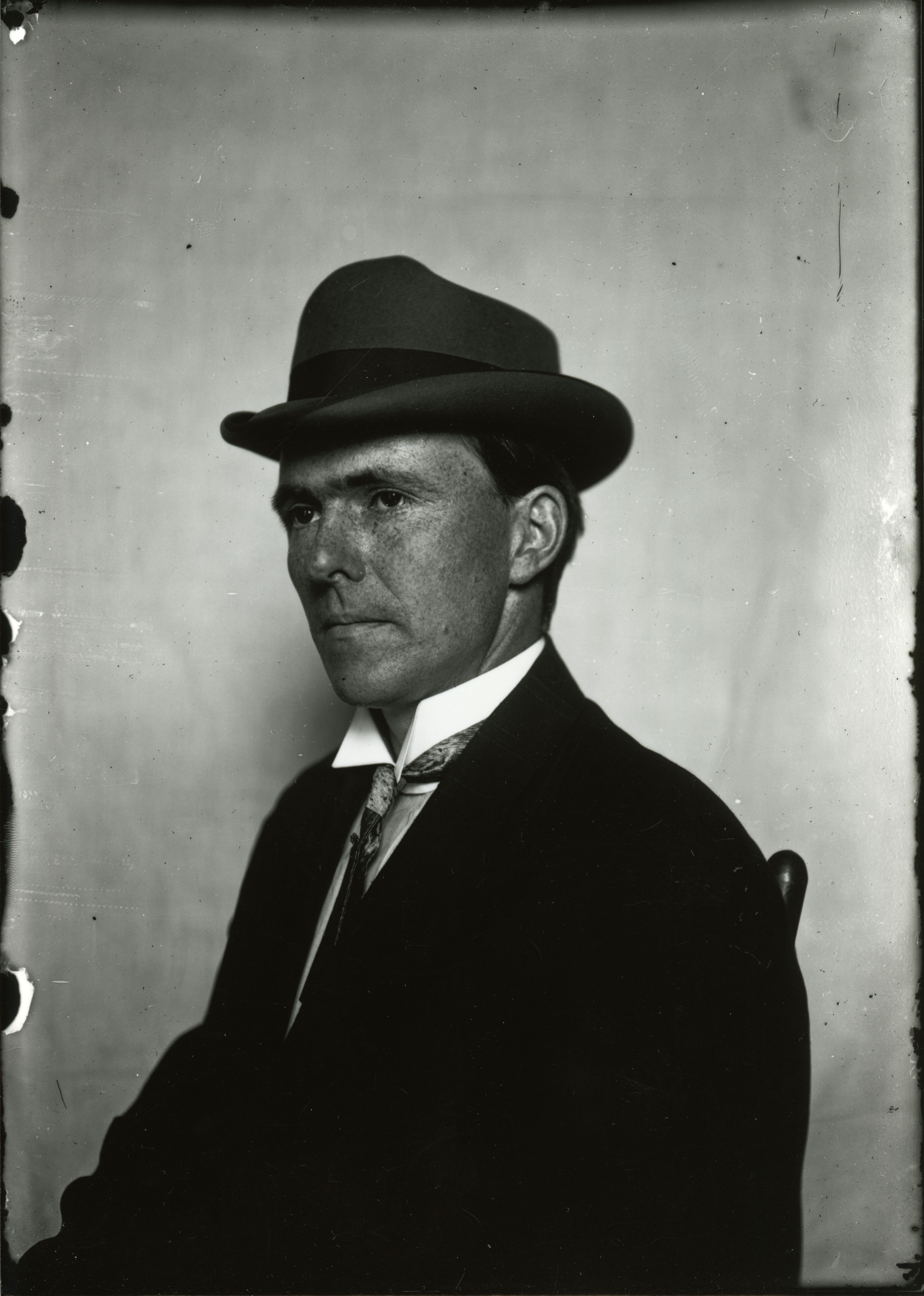Great Nebraska
Naturalists and ScientistsFrank H. Shoemaker

Highlighted here are Shoemaker’s 1911 trips with colleagues from the University of Nebraska to the Sandhills in the western part of Nebraska. He kept field notebooks and later turned them into narratives that told stories and recorded the activities and discoveries of the expedition. He included photographs that he took along the routes he and his companions explored. At the time Shoemaker explained, “The main object of the University expedition of 1911 into the pine ridge and sandhills region of Nebraska was a study of ecological conditions.” (Sioux County Narrative, 1911, page 1) Today, Shoemaker’s narratives tell a story that, along with his photographs, document and illustrate aspects of Nebraska’s unique environmental history. Additional narratives, often much shorter, document day trips around Shoemaker’s home in Omaha and Lincoln, and other regions in Nebraska.
Several hundred of Shoemaker’s photographs taken throughout his lifetime are available. Some of the photographs show how the photographic development chemicals on the glass plate negative deteriorated over time. Alternatively, some of the photographs illustrate how Shoemaker took more than one photograph of a location or subject. Some photographs show just a slight variance of the angle or viewpoint of the photograph.
Sandhills Narratives
- Cherry County, Bird Lists, 1903
- Sioux County, June 17-July 2, 1911
- Cherry County, July 13-26, 1911
- Thomas County, July 3-11, July 27-30, 1911
- Sidney, Banner, Scotts Bluff Counties, July 30-Aug. 9, 1911
- Dundy, Hitchcock, Redwillow, Furnas Counties, 1912
- Scottsbluff Narratives, 1934
- Scottsbluff Narratives, 1936
- Scottsbluff Narratives, 1937 Part 1
- Scottsbluff Narratives, 1937 Part 2
- Scottsbluff Narratives, 1946
Omaha, Lincoln, and Nebraska Narratives
- Childs’ Point, Bellevue, Nebraska, May 26, 1901
- “Cut Off Lake,” Omaha, Nebraska, July 21, 1901
- “Omaha Bird Records,” Feb.-May, 1903
- “Thedford Bird Records,” Thomas County, Nebraska, May 27-June 10, 1903
- Notes on the Omaha “Bird Room,” 1903
- Salt Basin Bird Habitat Notes
- Letter, Shoemaker to his mother, [Omaha Bird Room] Aug. 4, 1901
- “Forest Reserve,” Thomas County, Nebraska, July 7, 1911
- “A Drive in the Nebraska Sandhills in 1911,” July 14, 1911
- [Marjorie’s Garden], Lincoln, Nebraska, June 21, 1919
- “Tiger” Hunting in the Jungles of the United States, undated
Regional Narratives
Photographs